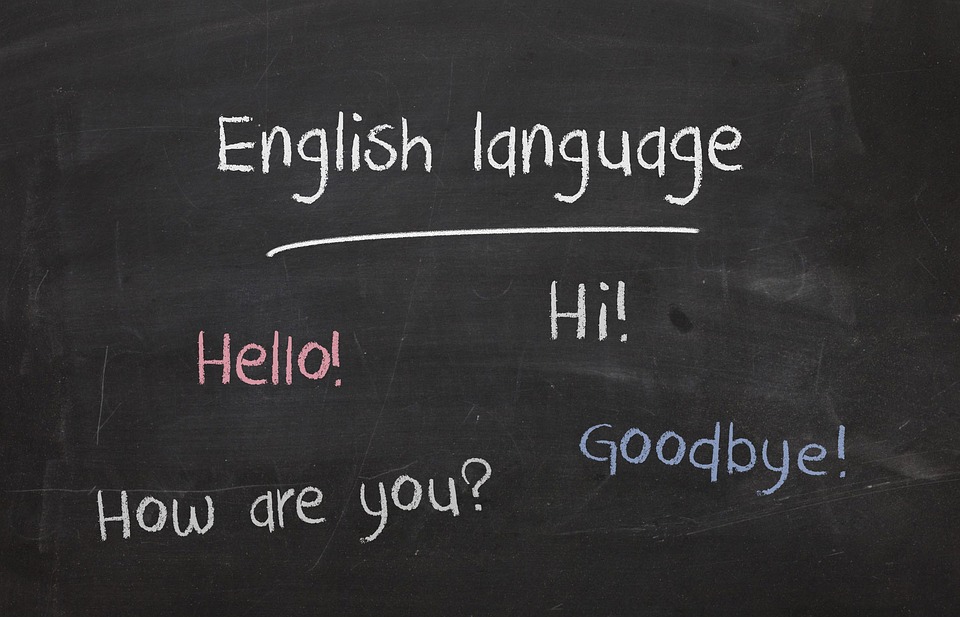
The use of technology in education has revolutionized the way students learn and teachers teach. One country that has successfully embraced technology in the classroom is Uruguay. With its innovative approach to education, Uruguay has become a world leader in educational technology. In this article, we will explore the successful experiences of educational technology in Uruguay and how it has positively impacted the learning experience for students.
Hook: Imagine a classroom where textbooks are replaced by tablets, students collaborate with peers from around the world, and information is just a tap away. This is the reality of education in Uruguay, a country that has transformed its classrooms through the use of technology.
Title: Experiencias Exitosas de Tecnología Educativa en Uruguay
Introduction:
In recent years, Uruguay has made significant progress in incorporating technology into its education system. The government’s Plan Ceibal, launched in 2007, aims to provide every student and teacher with a laptop or tablet, as well as internet access, to enhance their learning experience. This ambitious initiative has been a resounding success, and Uruguay’s educational technology program has become a model for other countries.
Heading 1: The Plan Ceibal – Bridging the Digital Divide
Under the Plan Ceibal initiative, over 700,000 laptops and tablets have been distributed to students and teachers across Uruguay. This ensures that every student, regardless of their socio-economic background, has access to technology and the internet. The program has successfully bridged the digital divide, allowing students from all areas of the country to have equal opportunities for educational success.
Heading 2: Interactive Learning with One Laptop Per Child (OLPC)
One of the key components of Plan Ceibal is the One Laptop Per Child (OLPC) initiative. Each student is provided with their own laptop, loaded with educational software and resources. This enables students to engage in interactive and independent learning, fostering critical thinking, creativity, and problem-solving skills. The OLPC laptops have become an integral part of the classroom, providing students with hands-on learning experiences that go beyond traditional teaching methods.
Heading 3: Connecting Students and Teachers Globally
Uruguay’s educational technology program has not only revolutionized the classroom experience but has also fostered global connections. Through the use of technology, Uruguayan students can collaborate with their peers from around the world, exchanging ideas, perspectives, and experiences. This global exchange of knowledge enhances cross-cultural understanding and prepares students to thrive in a globally interconnected world.
Heading 4: Personalized Learning Opportunities
One of the greatest advantages of technology in education is the ability to personalize learning experiences for each student. With access to online resources and educational platforms, teachers in Uruguay can tailor their lessons to meet the individual needs and preferences of their students. This personalized approach to learning has resulted in higher levels of engagement and academic achievement among students.
Heading 5: The Impact of Educational Technology
The successful implementation of educational technology in Uruguay has had a profound impact on the education system. A study conducted by the Inter-American Development Bank found that students who participated in the Plan Ceibal program showed higher levels of cognitive skills, improved problem-solving abilities, and increased digital literacy. Furthermore, the use of technology has empowered teachers to employ innovative teaching methods, resulting in improved teaching practices and student outcomes.
FAQs:
1. How has technology improved education in Uruguay?
Technology has improved education in Uruguay by providing equal access to educational resources for all students, fostering interactive and personalized learning experiences, and facilitating global connections and collaboration.
2. How has technology impacted student learning outcomes?
The use of technology in education has resulted in higher levels of cognitive skills, improved problem-solving abilities, increased digital literacy, and enhanced academic achievement among students in Uruguay.
3. What are the challenges in implementing educational technology?
Some of the challenges in implementing educational technology include ensuring access to reliable internet connectivity, adequate training for teachers, and addressing the digital divide in rural and low-income areas.
4. How can other countries learn from Uruguay’s success in educational technology?
Other countries can learn from Uruguay’s success in educational technology by prioritizing equal access to technology and the internet, providing teachers with adequate training and support, and fostering collaboration and global connections among students.
Conclusion:
Uruguay’s successful experiences with educational technology have transformed its classrooms and empowered students and teachers alike. The Plan Ceibal initiative has eradicated the digital divide and provided every student with access to technology and the internet. The incorporation of technology into education has led to personalized learning experiences, global connections, and improved student outcomes. Uruguay’s achievements in educational technology serve as an inspiration for other countries looking to revolutionize their education systems in the digital age.

















